Diasporic Consciousness of Malaysian Indian Writings in English focuses on the key features of diasporic consciousness in selected works by exploring the ways these texts reflect the setting of a multi-cultural nation. Most analyses of diasporic consciousness in literary texts presume that it is a homogeneous construct. In the case of Malaysian Indians, most of the discussions on their diasporic consciousness assume that it is homogeneously “Indian” due to the belief that Malaysian Indian writers have an attachment to India as it is perceived as their homeland. For a long time, critics focused on the writings of K.S. Maniam for insights into the experiences of the Malaysian Indian community. The focal point has always been the Tamil experience and working-class community. However, K.S. Maniam’s stories are not the only narratives that define the Malaysian Indian community, and not every Malaysian Indian experience is the same.
It is essential to acknowledge that heterogeneity exists in diasporic writings as even within one’s own community, there are numerous elements that can influence one’s perceptions, depending on one’s experience and social class. There is therefore a need to address this issue as a class, gender, ethnicity and other variables lead to different experiences that could be handed down and articulated in various ways. These varied experiences would result in a heterogeneous consciousness. This book hopes to provide a better understanding of the Malaysian Indian community as the common thread in these writings is the depiction of Malaysia as the homeland, instead of India.
The selected works focus on four writers of South Indian descent (including Sri Lankan Tamils) who write in the English language as they constitute the majority of fiction authors writing on the Indian diaspora in Malaysia. This does not understate the significance of writings in Tamil. Our intention is to discuss the Malaysian Indian diasporic consciousness in the writings of Malaysian Indian authors who use English as their communication medium. Works written in English also have a wider readership compared with those written in Tamil. Only novels are selected for the discussion on Malaysian Indian writings in English because among all the genres the novel gives the writers more leeway to convey their intentions and display their own style of writing.
The selected novels are K.S. Maniam‘s The Return (1981), Rani Manicka’s The Rice Mother (2002), Preeta Samarasan’s Evening is the Whole Day (2008) and Sunil Nair’s When All the Lights Are Stripped Away (2012). These novels were written between 1981 and 2012; a 31-year time frame, which is a substantial period to show the transition in diasporic consciousness in the writings. These novels share the same theme, that is, the experiences of Malaysian Indians before and after independence. In addition, apart from being debut novels of the writers mentioned, Maniam’s The Return is the first published novel by a Malaysian Indian while Nair’s When All the Lights Are Stripped Away is the latest novel published by a Malaysian Indian on this issue. The selection thus ranges from the most established Malaysian Indian writer to more contemporary authors. These writers present different perspectives due to their diverse diasporic consciousness. K.S. Maniam is a Malaysian of Indian descent living in Malaysia while Rani Manicka is what can be termed “doubly diasporic” as she is a Malaysian Indian who has relocated to England, and Preeta Samarasan and Sunil Nair are “triply diasporic”—Samarasan is a Malaysian who resided in the United States before moving to France while Nair lived in the U.S. for 10 years before settling down in England.
Each of the writers has a different imagining of the home country and it is, therefore, inaccurate to homogenise the experiences of the Indian community in Malaysia. K.S. Maniam writes on the experiences and struggles of the working-class community and is very influenced by his grandmother’s stories of her life in India. Rani Manicka writes primarily on the relationship of the middle-class Indians with the other major ethnic groups in Malaysia. Unlike Maniam’s grandmother’s stories of India, Manicka grew up listening to her grandmother’s stories of her Malaysian experience. On the other hand, Preeta Samarasan writes more on the experiences of upper-middle-class society and the treatment of the working-class community by the privileged class. Her writings are influenced by her parents and the community’s experiences. Sunil Nair writes about the experiences of the privileged class and the political aspirations of a minority community in Malaysia. Since these authors write on the Malaysian experience against the background of a multicultural country, the elements that make their way into the texts would not only be of an Indian defined experience but would also reflect the varied sights and sounds of the nation. This is why it is important to acknowledge the diversity in diasporic consciousness.
The Introduction covers pertinent issues related to the history of Indian migration to Malaya as it forms the basis for discussion in the subsequent chapters and provides a backdrop for the Malaysian Indian experience. It helps to contextualise the writings and enables readers to discern which aspects are alluded to in the works and how writers portray similar issues differently. The chapter also provides an overview of the Malaysian Indian diasporic experience before narrowing the discussion to creative writings that have emerged from the Malaysian Indian community. This book is significant not only in terms of its contribution to the larger scholarship on Indian diaspora but also to studies on Malaysian Literature in English. Furthermore, it offers an insight into the plight of the Malaysian Indian community as well as the complexity of diaspora in general. As such, it can facilitate interethnic awareness and intercultural understanding among Malaysians as it reveals the challenges and possibilities of diasporic consciousness. It is hoped that through this book, readers will be more aware of the challenges faced by the diasporic communities in Malaysia.

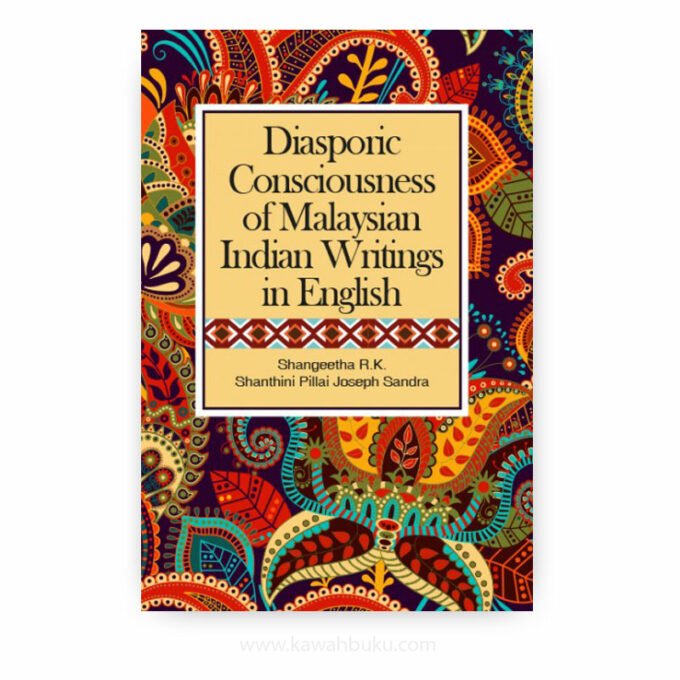

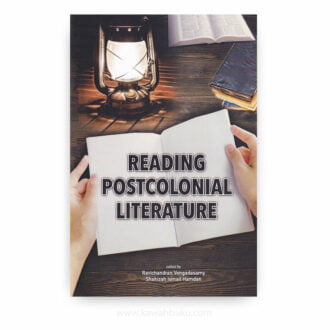
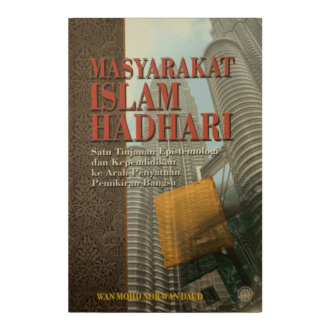
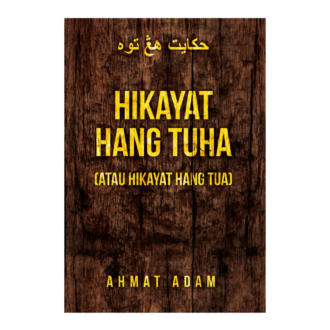
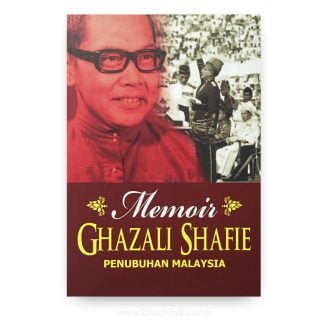
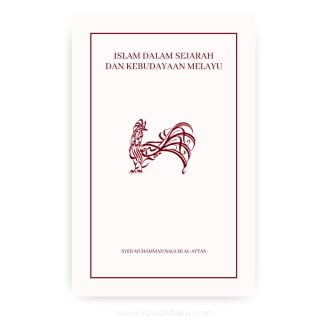


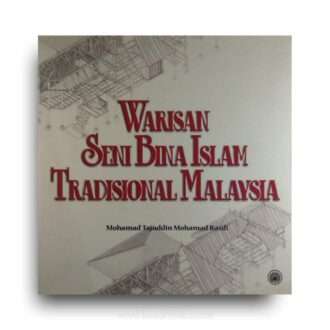
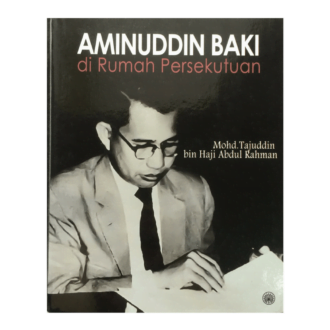
Reviews
There are no reviews yet